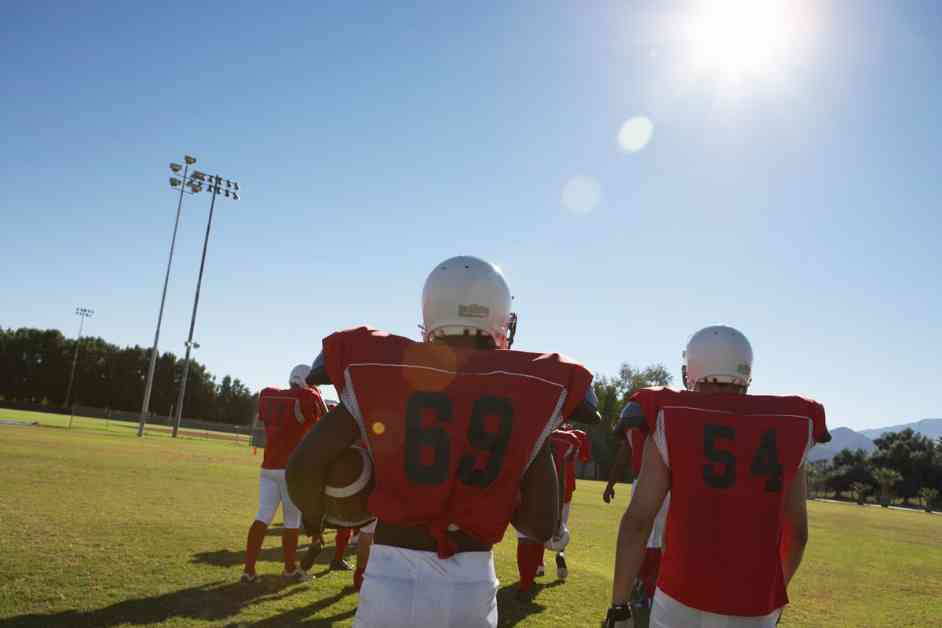High school sports teams across the country are gearing up for practices amidst the scorching summer heat. It’s crucial for athletes to start slowly and build up their strength and endurance safely before diving into full-blown practices.
As an athletic trainer specializing in catastrophic injuries and heat illnesses, I want to emphasize the importance of gradual progression in workouts. The risk of heat-related illnesses is highest during the initial weeks of team practices, when players’ bodies are adjusting to the physical exertion and heat. By preparing adequately beforehand, athletes can reduce the risk of heat-related complications.
Physical fitness plays a significant role in determining susceptibility to exertional heat illnesses. Starting an exercise regimen well before the start of practices allows the body to adapt and improve its ability to regulate temperature. It’s recommended to begin this preparation at least three weeks prior to team practices, gradually increasing the intensity of workouts.
When it comes to working out in hot weather, it’s essential to be mindful of the temperature. Exercising in excessively hot conditions can increase the likelihood of heat-related illnesses. To stay safe, choose cooler times of the day for workouts, wear light-colored and loose clothing, and ensure proper hydration by drinking water and replenishing electrolytes.
Heat acclimatization processes are crucial for teams to help athletes adapt to the heat efficiently. While the requirements vary by state and sport, gradually increasing the intensity of workouts and monitoring players’ response to the heat is key. Coaches and trainers should be aware of the wet bulb global temperature to assess the risk of heat-related issues and adjust practice schedules accordingly.
Recognizing the warning signs of heat illnesses is vital in preventing serious complications. Symptoms such as lethargy, confusion, irritability, and stumbling could indicate overheating. If someone shows signs of a heat illness, it’s essential to cool them down promptly by immersing them in a cool tub or shower with ice.
Having a comprehensive emergency action plan in place is crucial for all sports teams to ensure a timely and effective response to heat-related emergencies. Athletic trainers play a vital role in recognizing and managing heat-related illnesses, highlighting the importance of having trained professionals on staff in sports programs.
As temperatures continue to rise, prioritizing the safety of student-athletes should be a top concern for all sports programs. By following proper guidelines, gradually acclimating to the heat, and being vigilant for warning signs, teams can help prevent heat-related illnesses and keep athletes safe during practices and competitions.




